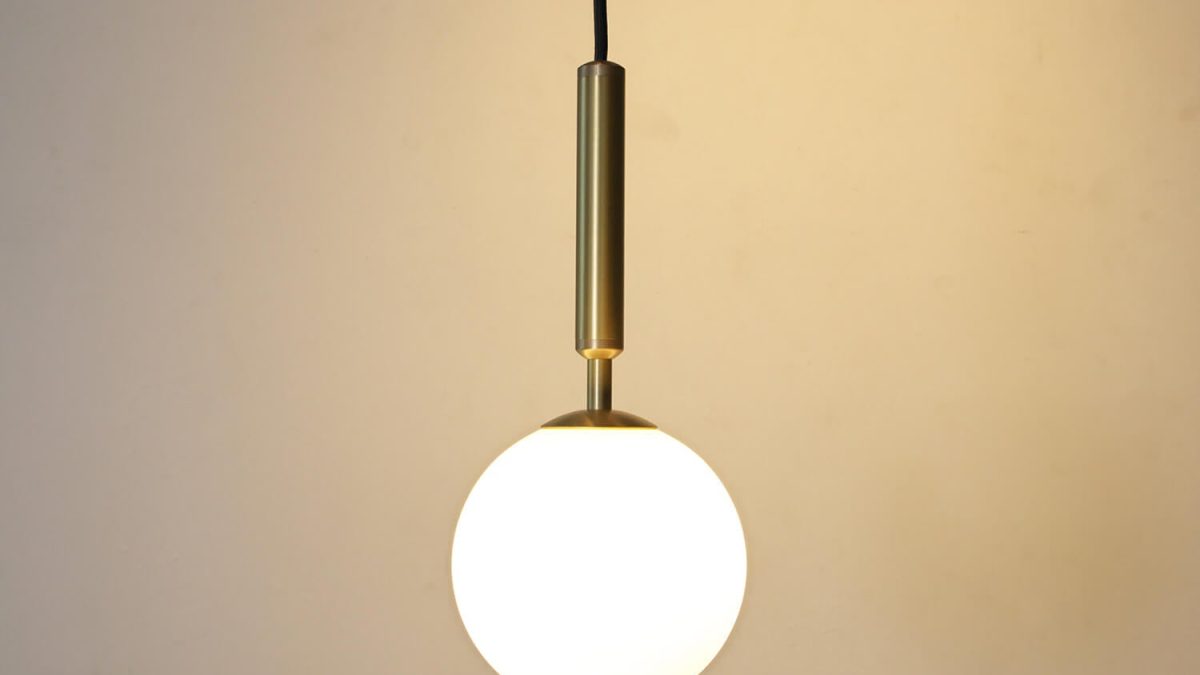Lighting Up the Night: The Majesty of Moonlight Floating
Introduction
Moonlight floating is a phenomenon where the moonlight reflects off the surface of water bodies at night, creating a serene and peaceful ambiance. This natural occurrence has been admired and appreciated for centuries by people all around the world, and it continues to capture the hearts of many. In this article, we will explore the beauty of moonlight floating and its significance in different cultures.
The Science behind Moonlight Floating
Moonlight floating occurs when the moon’s rays hit a water body’s surface at a specific angle. This angle causes the light to refract and reflect, producing a unique glow on the water’s surface. This glow varies in intensity, depending on the moon’s phase, the water’s clarity, and the atmospheric conditions.
Moon Phases
The moon’s phase influences the intensity of the moonlight that reflects off the water’s surface. During a full moon, the moon’s rays are the most potent and create a strong glow. During a new moon, the absence of the moon’s light makes it difficult to see the moonlight reflection on the water’s surface.
Water Clarity
The water’s clarity also plays a role in the intensity of the moonlight reflection. Clear water allows the moonlight to penetrate the water’s surface, which creates a brighter glow. Cloudy or murky water, on the other hand, absorbs the moonlight, producing a weak or nonexistent reflection.
Atmospheric Conditions
The atmospheric conditions, such as clouds, fog, and dust, affect the strength of the moonlight reflection. Cloudy or foggy skies prevent the moonlight from reaching the water’s surface, reducing the intensity of the reflection. Dust and pollutants in the air also weaken the moonlight’s reflection, creating a dimmer glow.
Moonlight Floating in Different Cultures
Moonlight floating has been appreciated and admired by people across different cultures worldwide. In many cultures, moonlight floating has significant symbolism and meaning.
East Asia
In East Asian cultures, moonlight floating is associated with peace, harmony, and tranquility. Many poets and writers have celebrated moonlight, describing it as a beam of hope or a pathway to enlightenment.
In Japan, moonlight floating is known as Tsukimi or Otsukimi, which refers to a tradition of viewing the moon during the autumn full moon. During this tradition, Japanese people celebrate the beauty of the moon by gathering food, drink, and decorations, and viewing the full moon together.
South Asia
In South Asian cultures, moonlight floating has a spiritual significance. Moonlight is often associated with deities, such as the Hindu goddess Saraswati or the Buddhist deity Amitabha. In Hinduism, full moon days are regarded as holy days, where people perform special rituals and offer prayers to the gods.
Europe and America
In Europe and America, moonlight floating is often associated with love and romance. Many poets and writers have described moonlight as a symbol of romanticism and passion. The moon has inspired famous works of literature like Shakespeare’s “A Midsummer Night’s Dream” and John Keats’ “Endymion.”
Conclusion
Moonlight floating is a beautiful and natural phenomenon that has captivated people from all walks of life for centuries. It serves as a symbol of peace, tranquility, love, and spirituality in different cultures, and continues to inspire artists, poets, and writers all around the world. So the next time you’re near a water body at night, take a moment to appreciate the beauty and majesty of moonlight floating.


